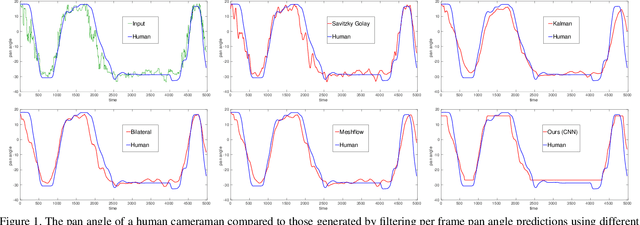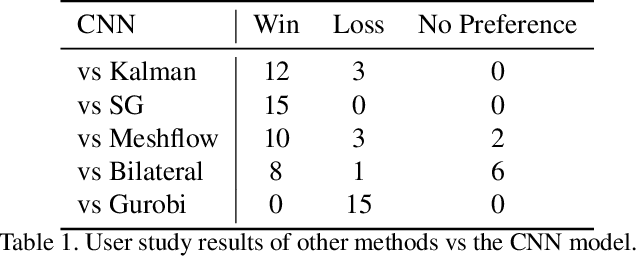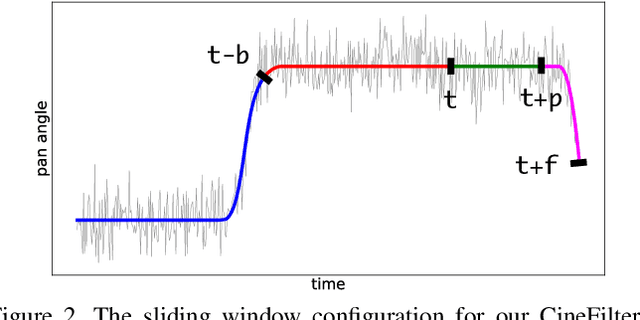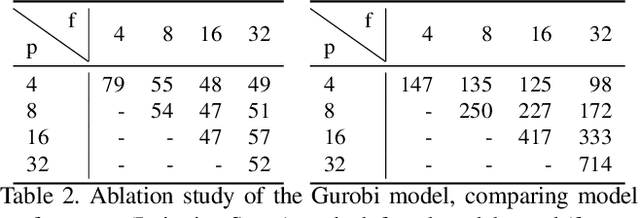Sudheer Achary
Real Time GAZED: Online Shot Selection and Editing of Virtual Cameras from Wide-Angle Monocular Video Recordings
Nov 27, 2023



Abstract:Eliminating time-consuming post-production processes and delivering high-quality videos in today's fast-paced digital landscape are the key advantages of real-time approaches. To address these needs, we present Real Time GAZED: a real-time adaptation of the GAZED framework integrated with CineFilter, a novel real-time camera trajectory stabilization approach. It enables users to create professionally edited videos in real-time. Comparative evaluations against baseline methods, including the non-real-time GAZED, demonstrate that Real Time GAZED achieves similar editing results, ensuring high-quality video output. Furthermore, a user study confirms the aesthetic quality of the video edits produced by the Real Time GAZED approach. With these advancements in real-time camera trajectory optimization and video editing presented, the demand for immediate and dynamic content creation in industries such as live broadcasting, sports coverage, news reporting, and social media content creation can be met more efficiently.
CineFilter: Unsupervised Filtering for Real Time Autonomous Camera Systems
Dec 11, 2019



Abstract:Learning to mimic the smooth and deliberate camera movement of a human cameraman is an essential requirement for autonomous camera systems. This paper presents a novel formulation for online and real-time estimation of smooth camera trajectories. Many works have focused on global optimization of the trajectory to produce an offline output. Some recent works have tried to extend this to the online setting, but lack either in the quality of the camera trajectories or need large labeled datasets to train their supervised model. We propose two models, one a convex optimization based approach and another a CNN based model, both of which can exploit the temporal trends in the camera behavior. Our model is built in an unsupervised way without any ground truth trajectories and is robust to noisy outliers. We evaluate our models on two different settings namely a basketball dataset and a stage performance dataset and compare against multiple baselines and past approaches. Our models outperform other methods on quantitative and qualitative metrics and produce smooth camera trajectories that are motivated by cinematographic principles. These models can also be easily adopted to run in real-time with a low computational cost, making them fit for a variety of applications.
 Add to Chrome
Add to Chrome Add to Firefox
Add to Firefox Add to Edge
Add to Edge